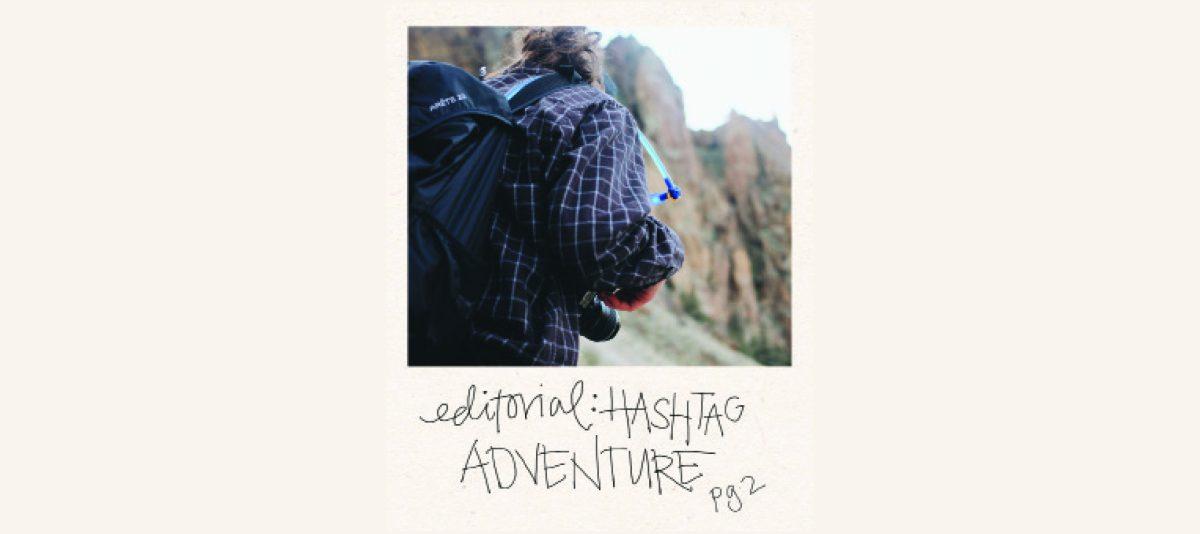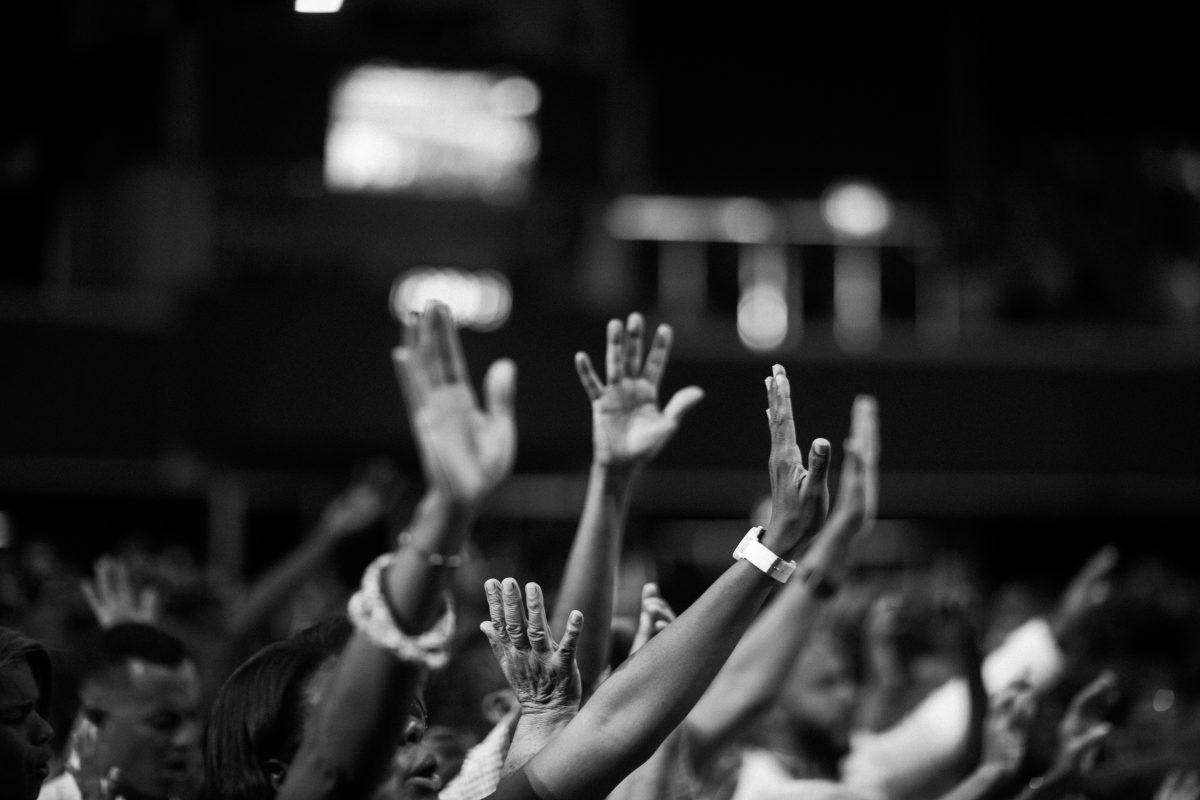#Throwback. #LateNight. #Love. #Summer. #Cute. #Boring. #IWantLikes. #Hashtag. Hashtag, seriously, what’s next?
As Bend continues to grow, we see the use of “#adventure” expand accordingly. As of March 1, 2017, “#adventure” had been used over 35 million times on Instagram. Scrolling through each of the posts, you see pictures of the great outdoors, dreamy views from across the world, and…wait a minute…a…a selfie? Of two girls? Eating ice cream? At…midnight?
Now, is this really an adventure? To me, no. To them, yes. Of course, I know little context behind this photo, so my generalization of it not being an adventure could in fact be jumping the gun.
After continuing to see this hashtag rise in popularity on my daily feed, I began to think: “What is an adventure?”
So, my search began. First stop: the dictionary.
The Merriam-Webster definition of adventure is: “1. an undertaking usually involving danger and unknown risk, the encountering of risks; 2. an exciting or remarkable experience; 3. an enterprise involving financial risk” (2017).
As I read this definition, I thought of all the adventures I had unknowingly partaken in:
- An undertaking usually involving danger and unknown risk: Driving to school when there was three feet of snow covering the road #Adventure
- An exciting or remarkable experience: I got 11 McNuggets in my ten piece McNugget Meal #adventure #RiskyMove #YesIEatMcdonalds
- An enterprise involving financial risk: Paying for college #NeedISayMore #Adventure
Peter Brewer, COCC psychology major, described an adventure as being anything off campus and outside.
“Anything can classify as an adventure to someone, while another thing might not,” said Brewer.
Through this statement, I realized that what is an adventure to one person could be so obscure to another that it creates an adventure. Adventures are not meant to be limited to just outdoor recreation, but it could be absolutely anything – which includes eating ice cream at midnight with your #bff.
In 2013, Huffington Post published an article called “The 100 Most Popular Hashtags on Instagram,” at that time #love was marked on Instagram photos over 100 million times. Since then, a quick search of hashtag love in March 2017, brought up over one billion photos.
For several Central Oregon Community College students, the use of a hashtags is no longer as “big” as it once was. Rather than an increase of hashtag use, Logan Riddell, COCC business major, believes that since 2012 hashtags have been seen less frequently on his social media feeds.
As for others, the use of hashtags remains the same, but the purpose of a hashtag on a posts is no longer to describe a photo.
“I use hashtags more ironically than anything now, they’re normally really long and could be posts within themselves,” said COCC music major Evan Mitchell.
Though this may be true for others, I still continue to see an abundance of hashtags getting used daily. Of course, I’m no hashtag saint either – I use a handful of hashtags on each of my Instagram posts. But without these perhaps “useless” forms of tagging, there would be a whole lot less of discovering new artists, photographers, athletes, and overall friends around the world. Hashtags to some may seem useless to some, but to others they open another door of opportunity.
Hashtags can be an unwanted social burden, but whatever. Use whichever hashtags you please. Go on #adventures, post as many #throwbacks as you’d like, continue to expand your media presence, and don’t forget #HashtagsAreStupid!
Olivia Webb | The Broadside
Contact: [email protected]














